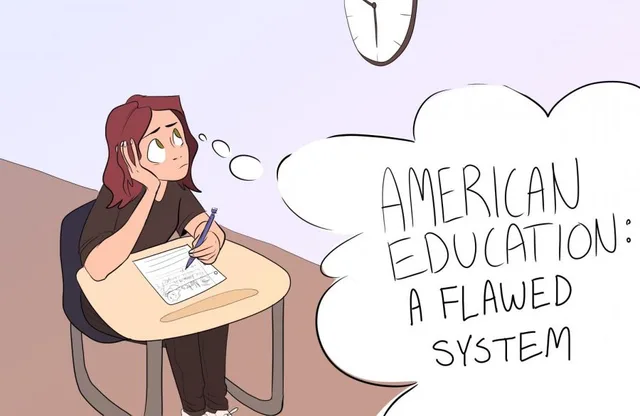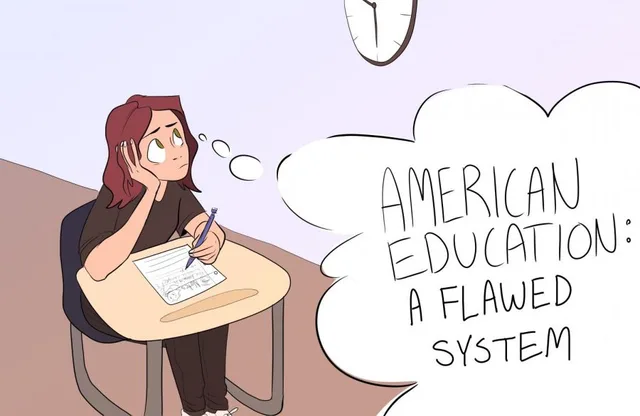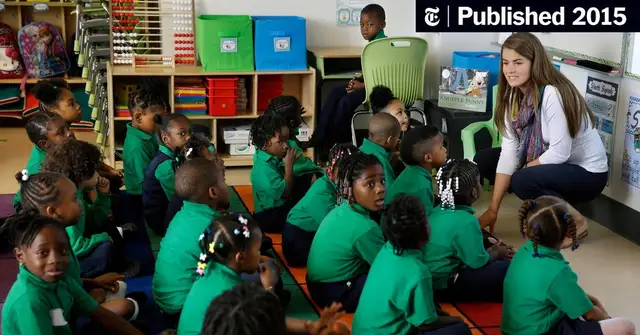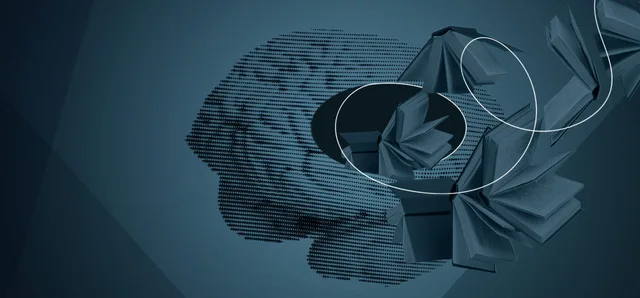Introduction
As a blogger focused on education, I have often explored the various aspects and components of education systems worldwide. What has become increasingly apparent to me is that, regardless of the country, there are flaws within these systems that hinder students' abilities to succeed and reach their full potential. In this article, I want to discuss five significant flaws in education systems and what we, as a society, can do to address these issues. I believe that by acknowledging these shortcomings, we can take the necessary steps to create a more inclusive, efficient, and effective educational environment for all learners.
Overemphasis on Standardized Testing
One of the most prominent flaws within education systems is the heavy reliance on standardized testing as the primary measure of student achievement. While standardized tests can provide valuable data on a student's knowledge and skills, they often fail to paint a complete picture of a student's abilities. The pressure to perform well on these tests can lead to a narrow focus on test preparation, neglecting the development of essential skills such as critical thinking, problem-solving, and creativity. This overemphasis on test scores can also contribute to high levels of stress and anxiety among students, which can negatively impact their mental health and overall well-being.
Furthermore, standardized testing often fails to account for the diverse learning styles and backgrounds of students. This can result in a system that unfairly benefits those who excel in test-taking, while leaving behind those who may struggle with this particular format. To address this issue, education systems should consider adopting alternative assessment methods, such as project-based assessments, that allow for a more holistic evaluation of a student's abilities and achievements.
Lack of Equal Access to Quality Education
Another critical flaw within education systems is the persistent inequality in access to quality education. Across the globe, students from low-income families and marginalized communities often face significant barriers to receiving the same level of education as their more privileged counterparts. This can include a lack of resources, underfunded schools, and socio-economic factors that limit their opportunities for academic success.
Addressing this issue requires a multi-faceted approach, including increased investment in underfunded schools, providing additional support for students from disadvantaged backgrounds, and implementing policies that promote equity in education. By ensuring that all students have access to the resources and opportunities they need to succeed, we can work towards closing the achievement gap and fostering a more inclusive and equitable education system.
Outdated Curricula and Teaching Methods
As the world continues to evolve and change rapidly, it is essential that our education systems adapt to meet the needs of students and the demands of the future workforce. However, many education systems continue to rely on outdated curricula and teaching methods that do not adequately prepare students for the challenges of the 21st century. This can include a lack of emphasis on critical thinking, collaboration, and digital literacy skills, as well as teaching methods that prioritize rote memorization over deep understanding and application of knowledge.
To address this flaw, education systems must undergo a comprehensive review and overhaul of their curricula and teaching methods. This should include the integration of modern pedagogical approaches, such as inquiry-based learning and problem-based learning, as well as the incorporation of technology and digital tools to enhance the learning experience. By doing so, we can better equip students with the skills and knowledge they need to succeed in an increasingly complex and interconnected world.
Insufficient Support for Students with Special Needs
Students with special needs, including those with learning disabilities, physical disabilities, and emotional or behavioral challenges, often face unique obstacles within education systems. Despite the existence of laws and regulations designed to protect the rights of these students, many still struggle to access the support and resources they need to succeed academically and socially. This can result in a system that unintentionally excludes and marginalizes these learners, limiting their potential and perpetuating inequality within education.
Addressing this flaw requires a concerted effort to improve the support and resources available to students with special needs. This can include increased funding for special education programs, ongoing professional development for educators to better understand and meet the needs of these students, and the implementation of inclusive policies that promote an equitable and supportive learning environment for all learners.
Teacher Burnout and High Attrition Rates
Lastly, one of the most significant flaws within education systems is the high levels of burnout and attrition among teachers. With increasing demands on their time, resources, and energy, many educators struggle to maintain the passion and enthusiasm that drew them to the profession in the first place. This can lead to reduced job satisfaction, high levels of stress, and ultimately, a decision to leave the profession altogether. High attrition rates among teachers can have a detrimental impact on student learning, as experienced and dedicated educators are replaced by less experienced and potentially less qualified individuals.
To address this issue, education systems must prioritize the well-being and support of educators. This can include providing more manageable workloads, offering opportunities for professional development and growth, and fostering a culture of collaboration and support among teachers. By investing in the well-being of our educators, we can ensure that our students receive the high-quality instruction and guidance they deserve.
Conclusion
As we continue to strive for excellence within our education systems, it is crucial that we recognize and address these flaws. By working together to create more inclusive, equitable, and effective learning environments, we can empower all students to reach their full potential and contribute to the betterment of society. Let us not shy away from challenging the status quo and advocating for the changes needed to ensure a brighter future for all learners.









